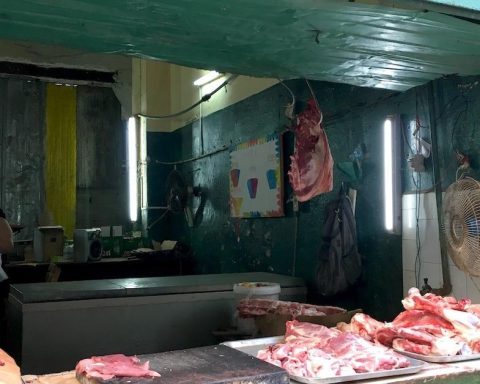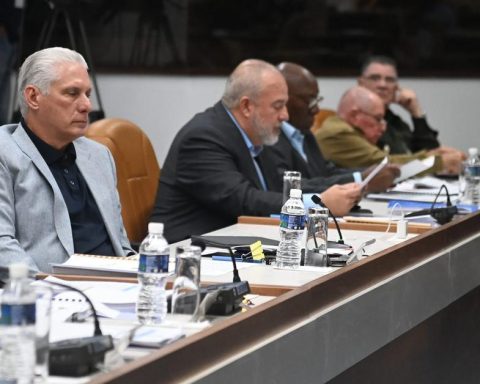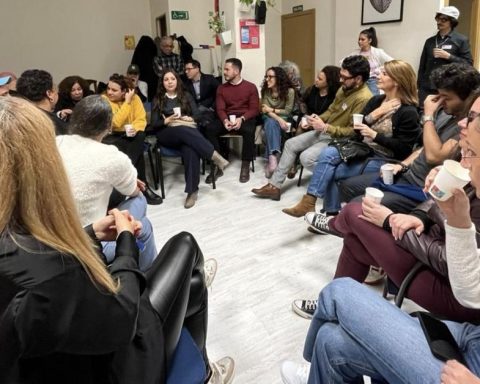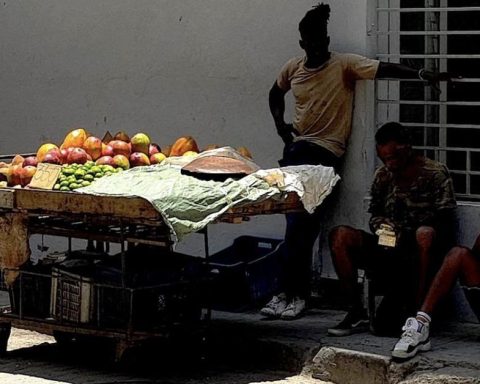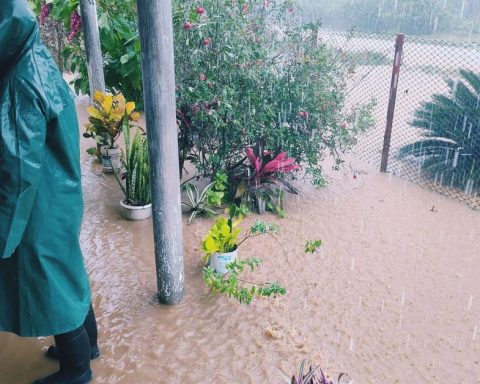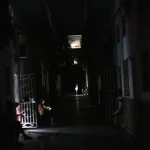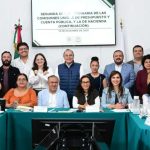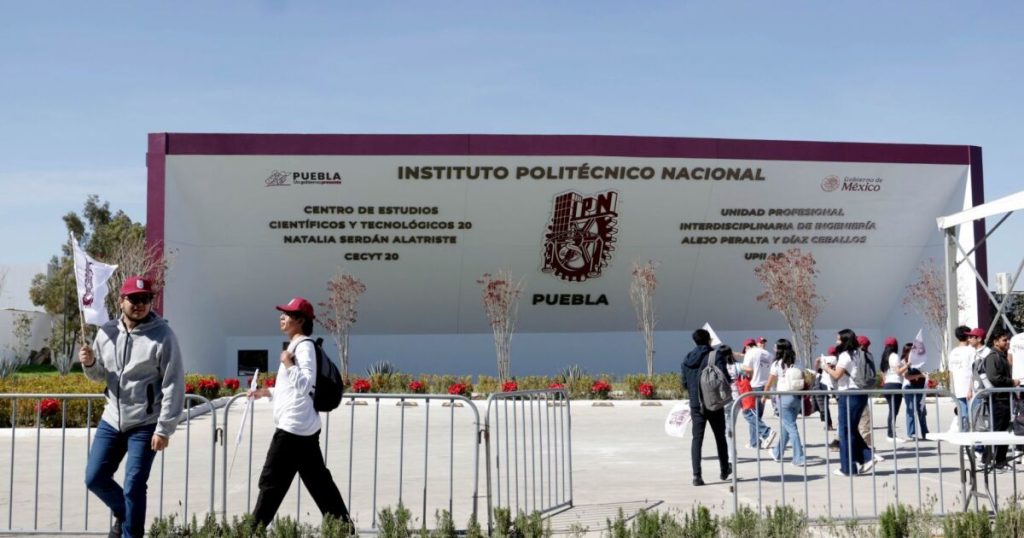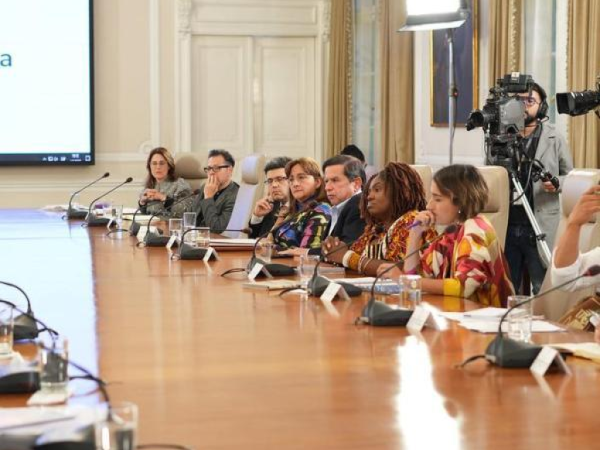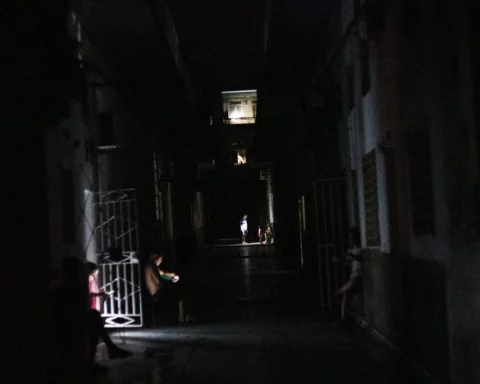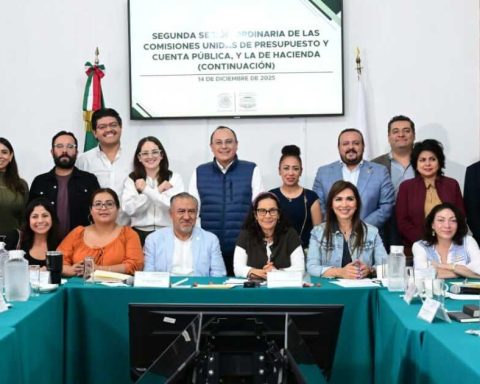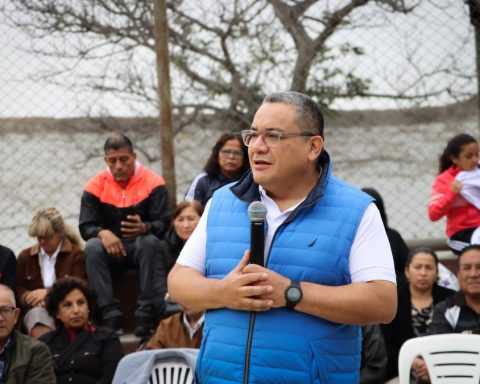
Madrid/A new donation from Japan comes to alleviate basic needs in Cuba. This is, this time, a desalination plant for the municipality of Cocodrilo, on Isla de la Juventud. The installation was inaugurated Last Thursday With the presence of the Japanese ambassador to the island, Nakamura Kasuhito, who made an official visit of several days, and, according to the official press, marks the beginning of a project to improve drinking water financed by the Basque Mundubat NGO. The amount of aid is 121,426 euros.
Although Ihosvany Juliá, delegate of the National Institute of Hydraulic Resources (INRH) on Isla de la Juventud, explained to the official press that “adjustments are still being made for the optimal exploitation of the equipment in order to offer sustainable and quality service to the beneficiaries ”, state television has echoed these days of grateful testimonies Of several of the 300 inhabitants of this coastal community, located 90 kilometers from the capital the special municipality, Nueva Gerona.
Thus Yarilis Leyva Swaby, who estimates that “it has been a good achievement for the people”, because they had the water “quite salty and was quite bad.” In the same line, Madelyn Reinol Ramírez said: “It is a great advance, since we have spent many years drinking brackish water.” Laura Figueredo Soto, meanwhile, was “super happy” and wielded: “I have a small child, he loves water. I am a lifetime used to the well water I feel a little weird, but he, in love with her fresh water, and I, if he is happy, I am happy. ”
Defined by the authorities as a plant “unique in its kind in the country”, it processes in an hour 3,100 liters of water
Defined by the authorities as a plant “unique in its kind in the country”, it processes in an hour 3,100 liters of water, which means the pumping of 31 cubic meters of water a day. However, Raúl Arcaya, director of the Company Company of Hydraulic Resources, said that the process “must be constantly monitored to meet the needs of the population and avoid their overexploitation.”
Similarly, the official, who clarified that Japan donated the plant and that “the civil and electric part was assumed by the premises,” acknowledged that “there were many unforeseen events and challenges during the installation process”, which lasted no less than four than four years. The authorities foresee their monthly monitoring as of this month of February.
In the opening event, Ambassador Nakamura recalled that last year, Japan and Cuba celebrated the 95th anniversary of the establishment of their diplomatic relations, and said: “I intend to continue promoting this tradition of friendship, and the inauguration of this project It is the first step in this direction. ”
In fact, this help from Japan is not the first. Without going any further, the Japan International Cooperation Agency (JICA) last April more than 20 million dollars to collaborate with Cuba in the assembly of Solar photovoltaic parks Also in Isla de la Juventud, following the controversial Cuban Energy Transition Plan. The project also includes batteries with the capacity to store 10 MW.
“There were many unforeseen events and challenges during the installation process”, which lasted no less than four years
“The experience can be very useful for the megaproject of 2,000 megawatts that would be generated with solar panels, the first phase of an ambitious government project [cubano] To move the fossil energy matrix to a renewable, ”said the then Japanese ambassador, Hirata Kenji.
Last November, the Jica managed a cargo worth $ 160,000, which included water purifiers, blankets, tents and mats for a hundred victims of artemis after the passage of Hurricane Rafael.
That event was precisely the Nakamura premiere As a diplomat on the island after delivering its credentials, on November 20, Miguel Díaz-Canel and Foreign Minister Bruno Rodríguez. Then, the ambassador recalled that it was not the first time that Japan sends donations to Cuba: “Similar actions of the Japanese people and government in disaster situations in Cuba” were carried out after the passage of hurricanes Sandy (2012), Matthew (2016) , Irma (2017) and Ian (2022), he said.
Since 2018, Japan also maintains eight non -reimbursable financial assistance programs on the island. One of these projects was the one that attended the residents of Pinar del Río after the Ian scourge. Then, the donation included “23 water purifiers, the same amount of simple tanks to store the liquid, and 50 cable and adapter reels,” the Japanese authorities then enumerated.
Tokyo’s gifts also include 84 Japanese Guaguasin 2022, to the transport company of Havana and 24 garbage trucks delivered in 2019.
The Asian country also grants Microcredit of up to $ 130,000 with an assistance program – which should not reimburse – for human security, designed for immediate attention to small peoples after specific disasters.
As for food, until 2023 Japan had used $ 63,400 to provide machinery to several mini canned fruit and slicing vegetables industries. The plan was then to collaborate with the failed food sovereignty law.
